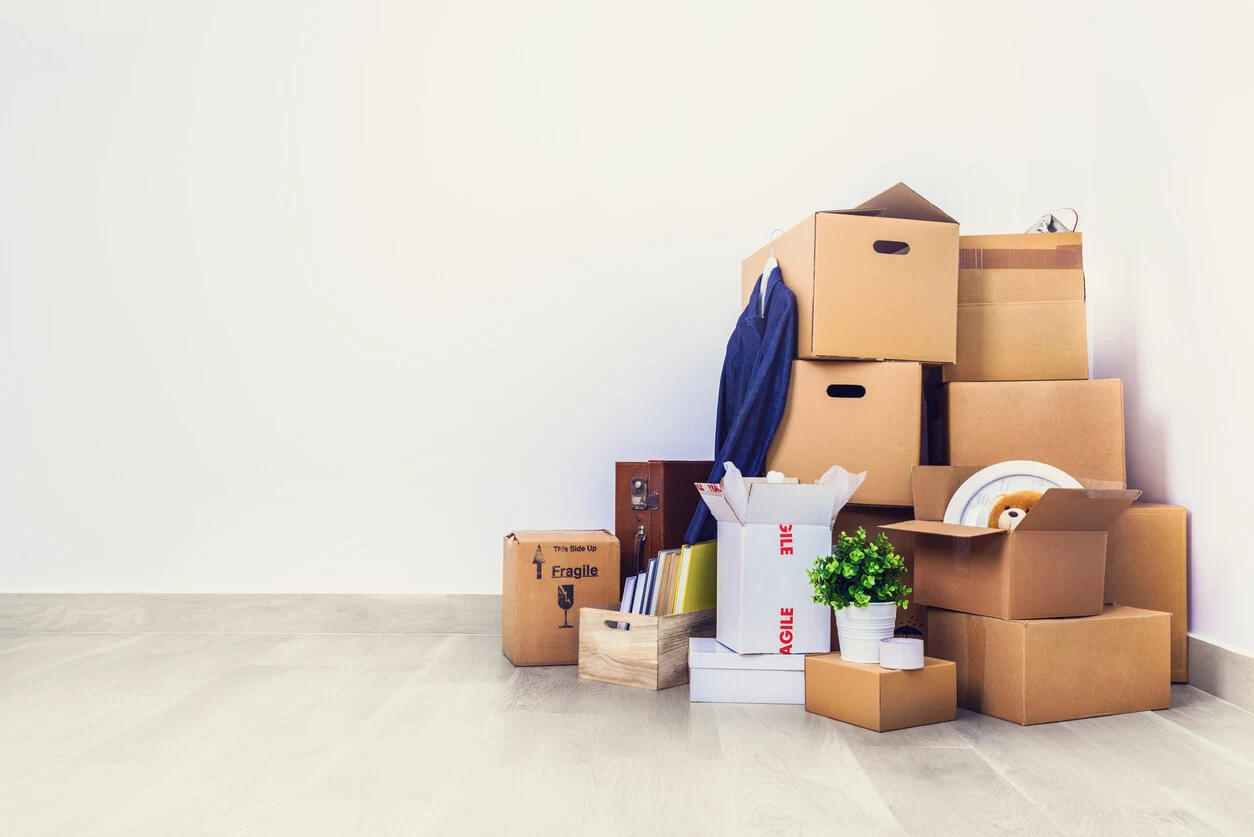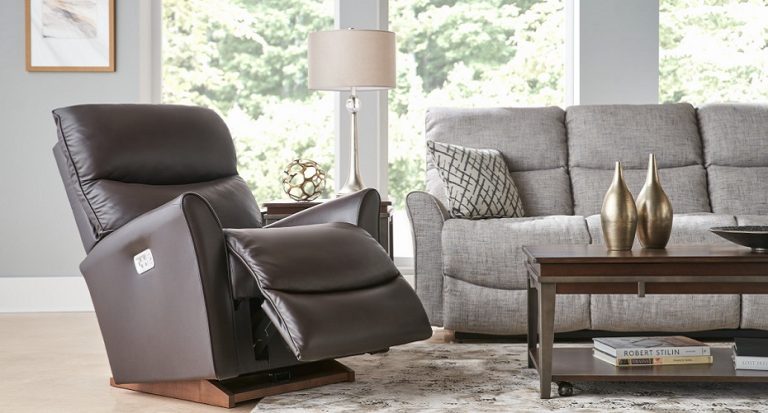The Best Packing Tips and Tricks for Moving Your Boxes
Moving to a new home is an exhilarating prospect, offering a fresh start and exciting opportunities. However, packing up your life’s possessions can be overwhelming amidst all the anticipation. It requires careful planning and execution to ensure the safety and security of your belongings. Packing is more than just arranging items in boxes; it involves preserving memories, practicality, and protection. Each package becomes a time capsule of your past, present, and future. As you embark on a new chapter in your life, mastering the art of packing is crucial to ensure that your prized possessions reach your new home unscathed.
Moving can be an emotional rollercoaster, but the process can be more accessible through a systematic approach that balances organization and sentimentality; tour boxes are more than just containers; they are protectors of your valuable keepsakes, heirlooms, and everyday essentials. By utilizing proper packing techniques or furniture moving pads, you can ensure the safety of fragile items, simplify the process, and reduce the stress of moving.
This blog will explore the best way to pack boxes for moving and how to pack boxes for moving.
10 Best Ways to Pack Boxes for Moving
1. Declutter Before Packing
Before you start packing for your move, it is essential to declutter your belongings. Moving presents an excellent opportunity to eliminate items you no longer need or use. By decluttering before packing, you can save time and money by not having to pack and transport unnecessary items. Start by going through each room and sorting your belongings into categories such as keep, donate, sell, or discard. Be honest with yourself about what items are essential, and let go of anything that no longer serves a purpose in your life. The less you have to pack, the easier and more efficient your moving process will be.
2. Use Appropriate Boxes
When packing for a move, using appropriate boxes is crucial. Choosing packages that are sturdy and in good condition is essential to ensure your belongings’ safety during transit. Avoid using damaged or weak boxes as they may not be able to withstand the weight or protect your items adequately. Additionally, consider the box size of the things you are packing. Wardrobe moving boxes that are too large can result in unnecessary shifting and potential damage while using boxes that are too small can lead to overpacking and an increased risk of breakage. Selecting the right boxes for your moving needs can help ensure a smooth and successful transition to your new home.
3. Wrap Fragile Items Carefully
If you want to move your boxes without damaging your fragile items, it’s crucial to pack them carefully. Glassware, electronics, and dishes are particularly prone to breaking during transportation, so it’s essential to take steps to protect them. Use ample packing materials, such as foam sheets, bubble wrap, or packing peanuts, to safeguard your delicate belongings. Each item should be individually wrapped and secured with tape to prevent jostling during transit. You may also want to consider using sturdy boxes specifically designed for fragile items and clearly labeling them as “fragile” to ensure they receive extra care from movers or yourself.
4. Label Boxes Clearly
To make your move less stressful, it’s crucial to label your boxes clearly. Don’t underestimate the importance of this task; it can save you time and headaches during the unpacking process. Clearly labeling each box with its contents and designated room will help you quickly find what you need and ensure that everything ends up in the right place. Another benefit of labeling is that it can prevent fragile items from mishandling by movers or friends helping with the move.
5. Pack Heavy Items at the Bottom
To make packing for a move safer and more efficient, prioritize heavy items by packing them at the bottom of your boxes. This distributes weight evenly, prevents boxes from becoming top-heavy, and helps avoid accidents and injuries. By placing heavier items at the bottom, you protect lighter and more fragile items from damage during transit. You’ll also find it easier to stack and organize your boxes, maximizing space in your moving truck or storage unit.
6. Use Clothing and Linens as Packing Material
Packing for a move can be costly, but utilizing your clothing and linens as packing material can be an innovative and efficient strategy. By giving your clothing and linens a dual purpose, you can save money and make the most of your space. To get started, gather clean and undamaged items. Socks can protect fragile items, while t-shirts or towels can be used to wrap delicate items before placing them in boxes. This not only adds an extra layer of protection but also maximizes space.
7. Seal Boxes Securely
One of the most important packing boxes tips is to seal your boxes securely. This will ensure that your belongings are protected during the moving process. To properly seal your boxes, start using high-quality packing tape at least two inches wide. This will provide a strong hold and prevent the boxes from accidentally opening during transit. Before taping, reinforce the bottom of the box with an extra strip of tape for added security. When sealing the top of the box, create an “H” shape with the tape, overlapping the edges by a few inches. This will help distribute the weight evenly and prevent gaps or openings.
8. Don’t Overpack Boxes
Packing a box correctly can avoid injury and damage to your belongings during a move. Overpacking can cause boxes to become too heavy and prone to breakage. Leaving space at the top of each box can prevent this issue and make stacking and transport easier. Also, use appropriate packing materials like bubble wrap or packing peanuts to protect fragile items and fill any gaps.
9. Use Plastic Wrap for Liquids
When you’re moving, preventing leaks and spills during the transportation is crucial. Luckily, a simple and effective packing hack can make all the difference: plastic wrap. By covering the opening of your liquid bottles with a small piece of plastic wrap before replacing the cap tightly, you can create an extra layer of protection to keep your belongings safe and secure. This packing strategy is precious if you’re moving a long distance, but it’s also an intelligent move for short moves across town.
10. Utilize Empty Spaces
One of the most useful packing boxes for moving tips is to utilize empty spaces. Instead of leaving gaps and wasting valuable packing space, try filling these empty spaces with smaller items to maximize efficiency. For instance, you can pack socks or small clothing items inside your shoes or fill the gaps between books with smaller knick-knacks. Not only does this strategy help you make the most of your boxes, but it also provides extra padding to protect fragile items. Moreover, efficiently using empty spaces can reduce the boxes needed, making your moving process more cost-effective and efficient.
Final Words
Efficient packing is the key to a successful and stress-free move. By following the best packing tips and tricks, you can protect your belongings during transit and make the unpacking process much easier in your new home. Start by decluttering and organizing your items, then use high-quality packing materials and techniques to secure them in sturdy boxes. Label each box clearly to keep track of its contents and prioritize essential items for easy access upon arrival. Remember, proper packing is an investment in the safety of your belongings and the smoothness of your move.

Greetings! I’m thrilled to introduce myself as a dedicated blogger with a fervent passion for crafting meticulously researched and insightful blogs. My mission is to provide you, the readers, with a treasure trove of valuable information. Join me in this exciting adventure of discovery – Thanks







